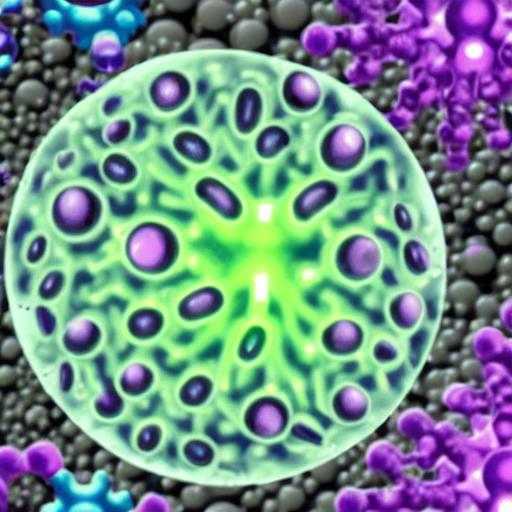Due to graphene’s 2D properties, single molecule sensitivity, low noise, and high carrier concentration, gas sensors are very interested in using it. Although its applications in gas sensing are frequently restricted to controlled settings like nitrogen, dry air, or synthetic humid air, this is because to its inherent non-selectivity and the significant p-doping in atmospheric air.
Although controlled hole doping of the graphene channel could be accomplished using artificial air with a certain humidity level, this does not accurately reflect the circumstances in atmospheric air. Moreover, the atmospheric air contains a number of gases in quantities that are comparable to or greater than the analytic gas. The drawbacks of graphene-based sensors prevent the selective gas detection and molecular species identification in ambient air that are necessary for applications in environmental monitoring and non-invasive disease diagnostics.
In order to achieve both highly sensitive and selective gas sensing with a single device, the research team at the Japan Advanced Institute of Science and Technology (JAIST) under the direction of Dr. Manoharan Muruganathan (formerly Senior Lecturer) and Professor Hiroshi Mizuta used machine learning (ML) models trained on various gas adsorption-induced doping and scattering signals.
The input features frequently affect how well ML models perform. According to Dr. Osazuwa Gabriel Agbonlahor, “the traditional graphene-based ML models are constrained in their input features” (formerly post-doctoral research fellow). The current ML models do not alter the resistance/conductivity or transfer properties of graphene by applying an external electric field; instead, they merely track changes brought on by gas adsorption.
As a result, they fail to notice the particular van der Waals (vdW) contact between gas molecules and graphene that is specific to each gas molecule. We can thereby map the external electric field modulated graphene-gas interaction, unlike the traditional electronic nose (e-nose) models, allowing for more precise feature extraction for complex gas environments like ambient air.
The graphene sensor functionalized with a porous activated carbon thin sheet was used to create our ML models for the classification of ambient gases. In order to map the evolution of the vdW bonding before, during, and after the application of the external electric field, eight vdW complex features were employed to track the impacts of the external electric field on the vdW interaction between the graphene and gas molecule.
In addition, even though the gas sensing experiments were carried out under various experimental conditions, such as different gas chamber pressures, gas concentrations, ambient temperature, atmospheric relative humidity, tuning time, and tuning voltage, the developed models were shown to be strong enough to accommodate these variations in experimental conditions by not subjecting the models to these parameters.
The models were also trained in atmospheric conditions as well as relatively inert environments that are frequently employed in gas sensing, such as nitrogen and dry air, in order to demonstrate the models’ adaptability. This led to the development of a high-performance atmospheric gas “electronic nose” that could accurately identify between the four environments (ammonia in atmospheric air, acetone in atmospheric air, acetone in nitrogen, and ammonia in dry air) in each case.













